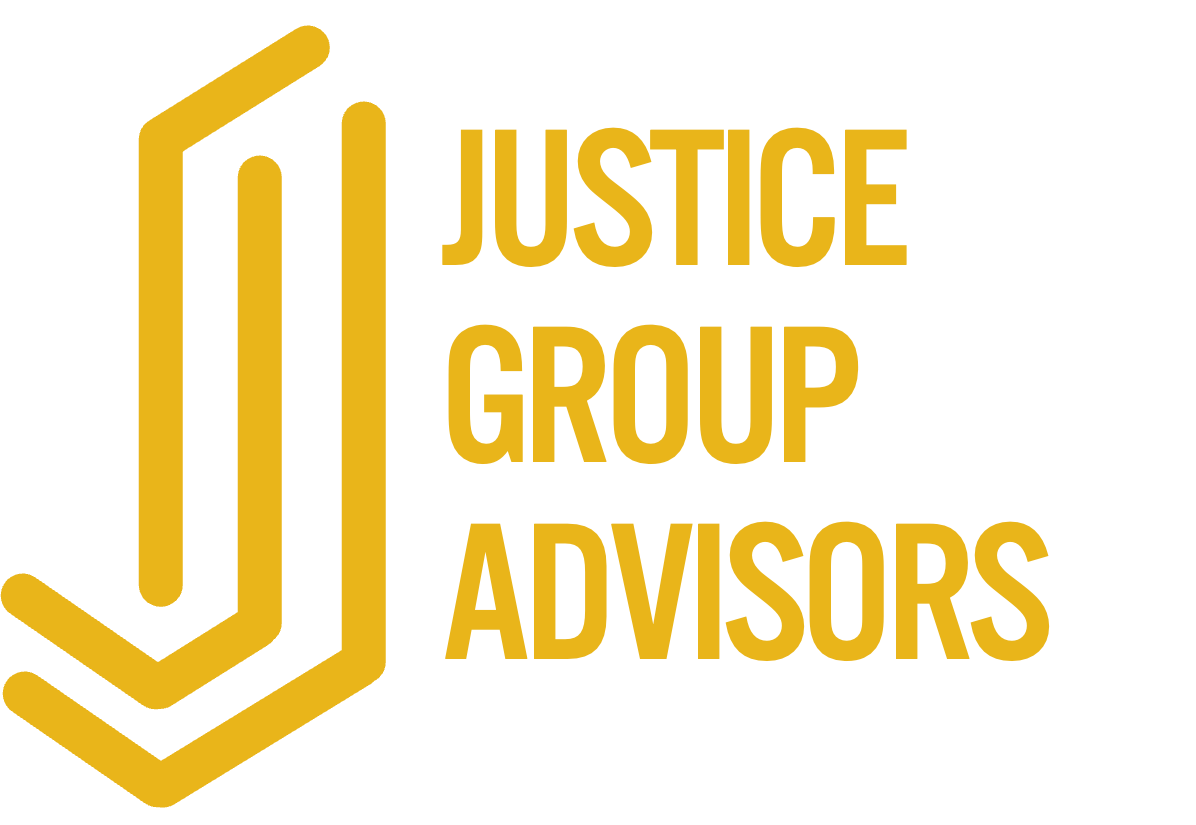How HR Leaders Can Lead High-Stakes Decisions with Confidence
Your Next Hiring Process Can Make or Break Your Reputation as a Leader
As an HR leader, you’re no stranger to the complexities of hiring. Whether it’s building your own team or running a process for another department, the stakes are always high. It’s not just about filling a position—it’s about aligning priorities, managing expectations, and finding the best fit for the business.
Here’s the truth: Your ability to run a clear, systematic hiring process doesn’t just lead to better decisions—it positions you as a strategic, data-driven leader who adds measurable value to the organization.
I’ve been there. As a Chief People Officer in a fast-growing biotech, I not only partnered with CEOs and boards on high-stakes hires, but I also used tools like the Decision Matrix to make hiring decisions for my own team. This simple framework allowed me to eliminate bias, align stakeholders, and ensure every decision was grounded in strategy. And I’m confident it can do the same for you.
Want more strategies to position yourself as a trusted leader? Visit my CPO Coaching page for resources designed to elevate your impact.
Why Biotech and HR Leaders Need a Systematic Approach
Biotech is an industry built on data and precision, but hiring decisions often feel subjective and unclear. Highly technical, data-driven leaders appreciate the rigor of a systematic approach like the Decision Matrix because it transforms hiring into a process they can trust.
This tool isn’t just for hiring—it can also help you evaluate options, prioritize projects, and solve business challenges. The key is that it positions you as a strategic, trusted leader who makes decisions with clarity and confidence.
Looking to build alignment across your team during high-stakes decisions? Download my CPO Whitepaper: Perspectives from Biotech CEOs to learn what executives expect from HR leaders.
A Practical Example: Hiring a Director-Level Role
Let’s say you’re hiring a Director of Regulatory Affairs—a key leadership role. This person will work cross-functionally to ensure compliance, manage regulatory submissions, and support your company’s strategic goals. It’s not a C-suite role, but it’s critical to the organization’s success.
You have a strong pool of candidates. One excels in managing submissions but has limited leadership experience. Another has extensive industry connections but lacks deep technical expertise specific to your platform. How do you objectively evaluate their strengths and choose the best fit for the role?
This is where the Decision Matrix becomes invaluable. It’s not just a tool for making better decisions—it’s your opportunity to lead with objectivity, alignment, and confidence.
Here’s how it works:
➡️ Step 1: Frame the Decision and List Your Options
Start by clarifying your goal: Find the candidate who best aligns with the organization’s needs and priorities. Then list your options—Candidate A, Candidate B, and Candidate C.
➡️ Step 2: Define and Weight Key Criteria
Next, identify the most important criteria for success in the role. Assign weights to each criterion based on its significance:
Technical Expertise (40%): Do they have the depth of knowledge to navigate regulatory requirements?
Leadership Skills (30%): Can they lead a team and collaborate effectively across departments?
Strategic Thinking (20%): Are they able to align regulatory goals with the company’s broader objectives?
Culture Add (10%): Do they bring a fresh perspective while aligning with your company values?
➡️ Step 3: Score and Compare Options
Evaluate each candidate against the criteria on a scale of 1 to 5, where 5 is “excellent.” Multiply each score by its weight and add up the totals.
This approach doesn’t make the decision for you, but it ensures the choice is grounded in strategy, not personal preference. It provides a clear, data-backed foundation for stakeholder discussions and turns hiring into a process everyone can trust.
Why It Works: Demonstrating Strategic Leadership
The Decision Matrix isn’t just a decision-making tool—it’s a leadership tool that helps you stand out as a strategic, data-driven HR partner.
Clarity: It brings focus to what truly matters, keeping the process aligned with business goals.
Alignment: It engages stakeholders early, reducing conflict and ensuring buy-in.
Objectivity: It minimizes bias, so decisions are based on strategy—not gut feelings.
When you use a Decision Matrix, you’re not just filling roles—you’re showing your CEO, hiring managers, and teams what it means to lead with clarity and confidence.
Beyond Hiring: A Tool for Strategic Decisions
While the Decision Matrix is a game-changer for hiring, its applications go far beyond that. You can use it to evaluate vendors, prioritize projects, or assess strategic opportunities. Anytime you need to weigh options and make a confident choice, this tool is your ally.
No matter how you use it, the Decision Matrix positions you as a leader who drives clarity, builds trust, and moves the organization forward.
For more tips on how to position yourself as a strong, confident, and influential leader, check out my blog on Strategic Silence. Discover how mastering the art of silence can enhance your executive presence, build trust, and drive better outcomes in high-stakes conversations.
Bringing It All Together
As an HR leader, your ability to guide high-stakes decisions is one of your greatest opportunities to demonstrate business acumen and drive value. Whether you’re building your own team, supporting other departments, or tackling complex challenges, the Decision Matrix gives you the tools to lead with confidence.
Imagine leading a hiring process where stakeholders are aligned, decisions are objective, and outcomes drive the business forward. That’s the power of combining a systematic framework with your HR expertise.
What’s Your Next Step?
If you’re ready to elevate your leadership and run hiring processes that inspire trust, download my free Decision Matrix calculator. It’s customizable and ready to help you build clarity, alignment, and confidence in your decisions.
No email required—just click below to download your copy and get started today.




